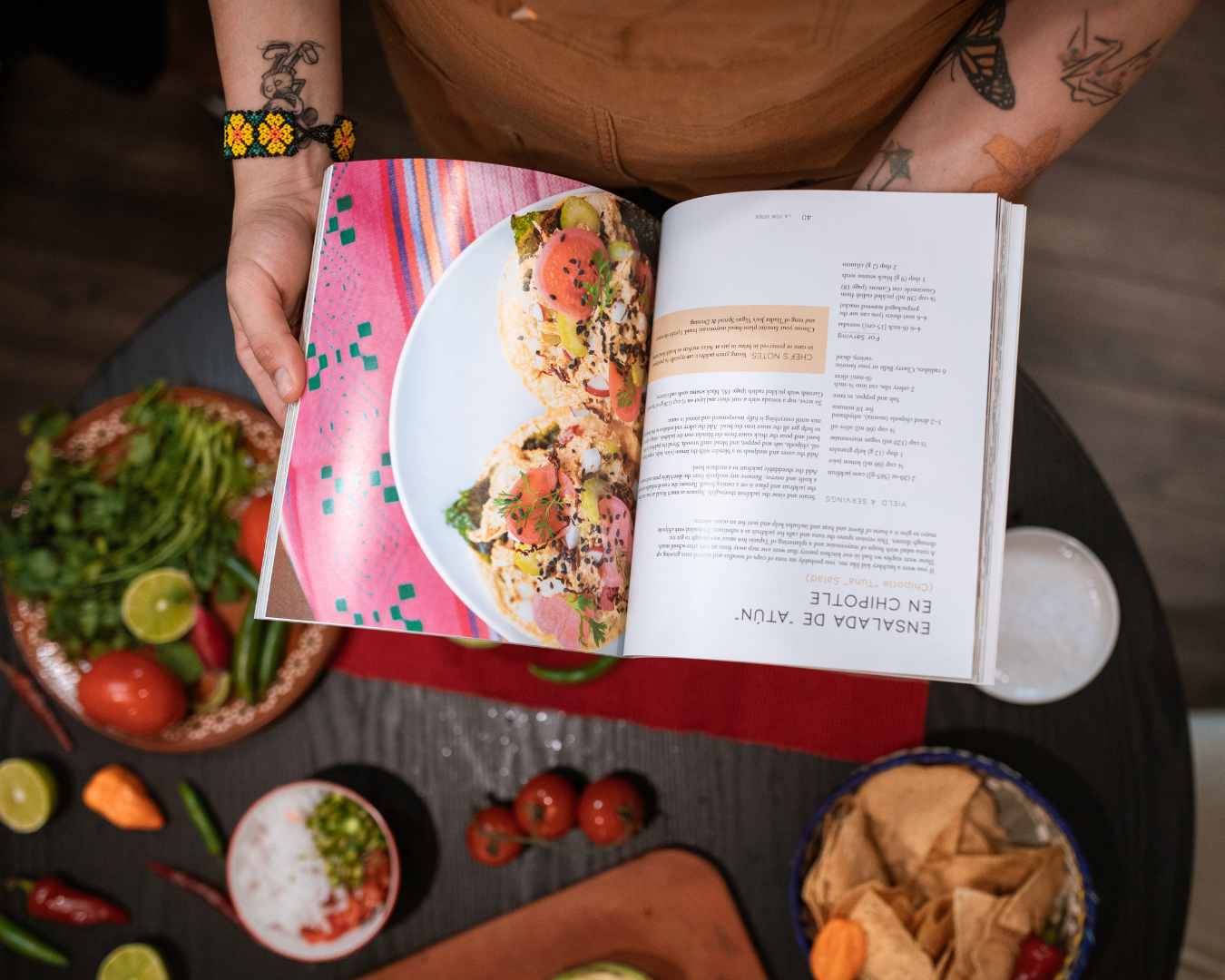Setting Up a Family Cookbook or Recipe Exchange: A Heartwarming Tradition
Food has a unique way of bringing people together, especially within families. From grandma’s secret apple pie recipe to dad’s famous barbecue sauce, the culinary creations passed down through generations are treasures worth preserving. Setting up a family cookbook or recipe exchange is a wonderful way to celebrate these traditions, share beloved recipes, and create a lasting legacy. Here’s a guide to get you started on this heartwarming project.
Why Create a Family Cookbook or Recipe Exchange?
1. Preserve Family Heritage
Recipes often tell the story of a family’s heritage and culture. Preserving them ensures that future generations can enjoy and appreciate these culinary traditions.
2. Strengthen Family Bonds
Sharing recipes and cooking together can strengthen family connections. It’s an opportunity to gather, reminisce, and create new memories.
3. Share Culinary Skills
Everyone has their own cooking tips and tricks. A family cookbook or recipe exchange allows members to share their expertise and learn from each other.
4. Create a Legacy
A well-crafted family cookbook can become a cherished heirloom, passed down through generations, keeping the family’s culinary traditions alive.
Steps to Create a Family Cookbook
Step 1: Gather Recipes
Start by collecting recipes from family members. Reach out to relatives and ask them to contribute their favorite dishes, along with any special stories or memories associated with them.
Tips for Gathering Recipes:
- Send a Group Email or Message: Create a group email thread or chat group to coordinate recipe submissions.
- Set a Deadline: Give a clear deadline to ensure timely submissions.
- Include Photos: Encourage contributors to include photos of their dishes and any related family photos.
Step 2: Organize the Recipes
Organize the recipes into categories for easy navigation. Common categories include:
- Appetizers and Snacks
- Main Dishes
- Side Dishes
- Desserts
- Beverages
- Holiday and Special Occasion Recipes
Step 3: Design the Cookbook
Decide on the format and design of your cookbook. You can choose to create a physical book or a digital version.
Physical Cookbook:
- Template: Use online templates available through various publishing services.
- Layout: Pay attention to the layout, including font size, margins, and spacing for readability.
- Binding: Consider spiral binding for ease of use in the kitchen.
Digital Cookbook:
- PDF Format: Create a PDF that can be easily shared via email or cloud storage.
- Online Platforms: Use platforms like Google Docs, Blurb, or Shutterfly to design and share your cookbook.
Step 4: Add Personal Touches
Make your cookbook special by adding personal touches:
- Family Stories: Include anecdotes or family stories related to the recipes.
- Photos: Use family photos and pictures of the dishes.
- Handwritten Notes: Incorporate scanned handwritten notes or recipe cards for a nostalgic feel.
Step 5: Print and Distribute
Once the cookbook is complete, print copies for family members or share the digital version. Consider having a family gathering to celebrate the launch of the cookbook.
Setting Up a Recipe Exchange
Step 1: Choose a Platform
Decide how you want to facilitate the recipe exchange. Options include:
- Email: Create a group email list for sharing recipes.
- Social Media: Use a private Facebook group or Instagram hashtag.
- Apps: Utilize recipe-sharing apps like Paprika or Pinterest.
Step 2: Set Guidelines
Establish guidelines for the exchange to ensure consistency and participation.
- Frequency: Decide how often recipes will be shared (e.g., weekly, monthly).
- Themes: Consider setting themes for each exchange, such as “Family Favorites” or “Holiday Recipes.”
- Format: Provide a template for recipe submissions, including ingredients, instructions, and photos.
Step 3: Encourage Participation
Motivate family members to participate by:
- Hosting Virtual Cook-Alongs: Schedule virtual cooking sessions where everyone makes the same recipe.
- Sharing Feedback: Encourage members to try each other’s recipes and share feedback or photos of their results.
- Offering Prizes: Consider small prizes for the most creative or popular recipes.
Step 4: Maintain Engagement
Keep the recipe exchange active and engaging by:
- Sending Reminders: Regularly remind members to submit and try new recipes.
- Highlighting Favorites: Feature a “Recipe of the Month” or highlight popular recipes in a family newsletter.
- Collecting Recipes: Periodically compile shared recipes into an updated family cookbook.
Creating a family cookbook or setting up a recipe exchange is a rewarding project that celebrates family traditions, fosters connections, and preserves culinary heritage. Whether you opt for a beautifully printed cookbook or a dynamic recipe exchange, the result will be a treasured collection of family favorites that can be enjoyed for generations to come.

